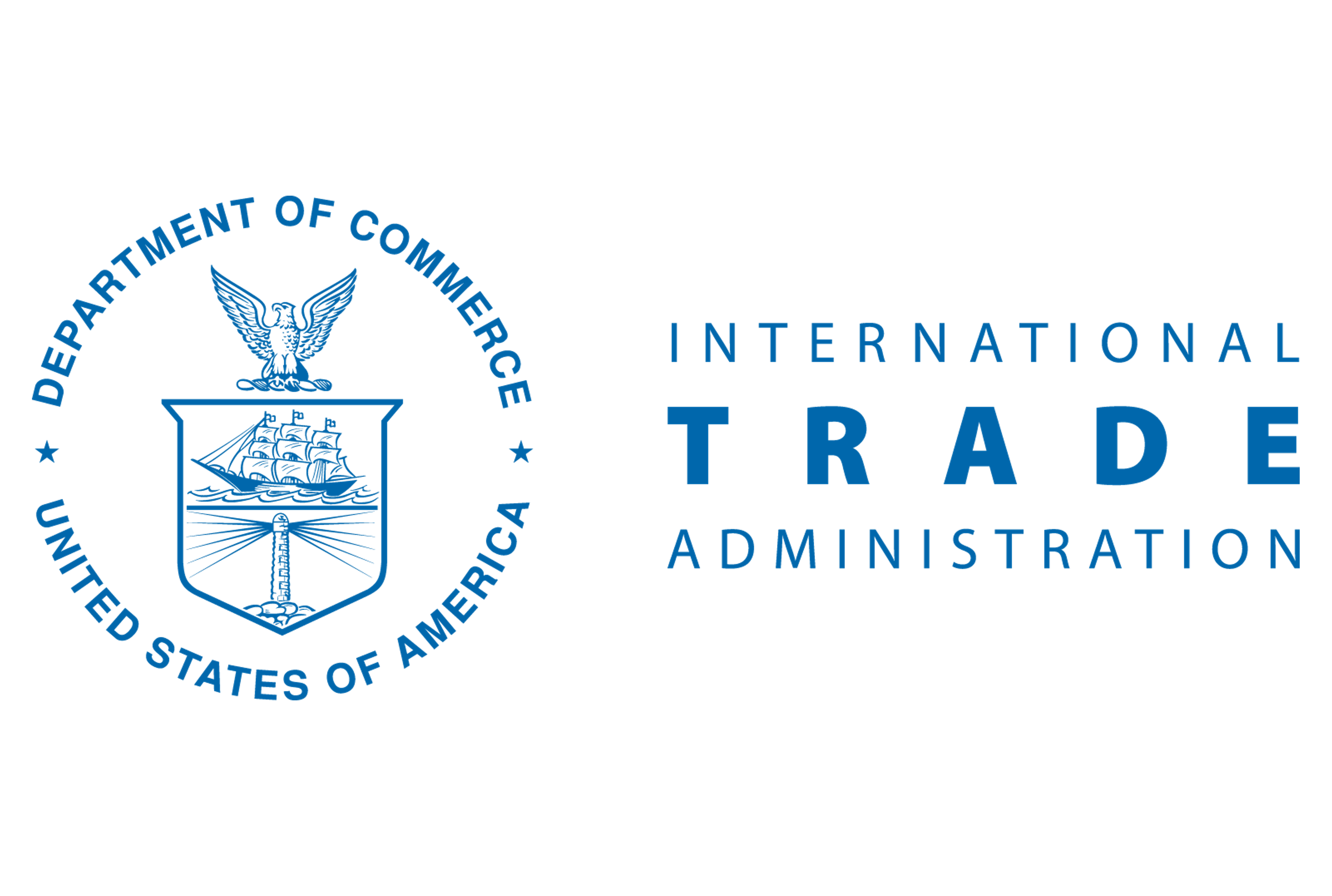Analysis
November 9, 2023
Final Thoughts
Written by Michael Cowden
There seems to be a consensus that US sheet prices have nowhere to go but up in the short term, in part because offshore material ordered now won’t arrive until late March or even April.
I’m told that’s true, for example, for East Asian and Southeast Asian material delivered into the Gulf Coast or to Midwest ports.
But is that March/April timeline a safe timeline broadly speaking? Couldn’t Europe get material here sooner than that?
Also, couldn’t other regions expedite shipments to the US, which is now the most expensive steel market in the world? And with US prices so high, couldn’t some afford to absorb Section 232 tariffs and/or AD/CVD?
I asked a source in Europe who happened to be attending a large steel conference in Germany. He said that it was among the themes on the sidelines of the event. He said he’d heard that a number of vessels, with steel purchased in the early days of the runup in US prices, were already on the water and could be arriving at domestic ports as soon as December/January.
True, $1,000/ton ($50/cwt) hot-rolled coil (HRC) doesn’t have the power to shock that it used to, as I noted in Final Thoughts on Tuesday. But it “puts a super big target” on the US, the source in Europe said.
In Europe, in contrast, ArcelorMittal is struggling to get 670 euros per metric ton. And sluggish automotive demand, combined with fierce competition from imports, could leave European mills with more tons to export, he said.
“People see what’s going on in the US. Anyone with a quota has vessels on the water and is taking orders right now,” the source in Europe said. “They had hoped to achieve that (higher prices) here, but it’s been a struggle.”
A steel buyer in the US agreed, noting that it has in the past been quicker to get imports into Houston ports from Europe than to bring in material overland from the Midwest. He speculated that mid-February might be a reasonable lead time for coated product to arrive from Europe – “which is almost a domestic lead time.”
“It won’t be an avalanche,” he predicted. “But now that domestic mills keep raising prices, the attractiveness of imports is increasing – especially with the rest of the world not doing so well.”
SMU’s David Schollaert notes the theoretical spread between US and European prices here. Take a close look at the charts in those articles. You’ll see something we’ve seen time and again since at least the summer of 2020: US steel prices drop below those in the rest of the world briefly and then spike upward. After that spike happens, domestic production increases, imports come in, and prices cycle down again.
Why do I mention Europe now? For starters, we learned from the Community Chat on Wednesday with Wiley partner Alan Price that it’s unlikely that the US will resume Section 232 tariffs against the EU. Do the two sides remain far apart on how to address carbon emissions and overcapacity in steel? Yes. Is there appetite for another bruising trade war? No.
No individual European nation can compete with the amount of flat-rolled steel that South Korea exports to the US. The East Asian nation shipped 1.21 million metric tons of flat-rolled steel to the US in 2022, according to Commerce Department data. That’s third behind only Canada and Mexico, whose the supply chains are closely interlinked with those of the US.
But the Netherlands (535,533 tons) and Germany (473,340 tons) alone shipped more than a million tons to US ports last year. And, unlike South Korea, European nations are subject to a tariff-rate quota (TRQ), or soft quota, rather than the absolute quota, or hard quota, that South Korea has.
That means European mills could in theory absorb Section 232 tariffs of 25% if they exceeded their quota limits and should domestic prices remain high.
Still, not everyone is on board with the idea that imports will come in from non-USMCA countries in large quantities. “It is tight but not crazy,” one mill source said of the US market. “People are not lining up to buy those (imports).”







